Adding O-rings for grip is a simple yet incredibly effective way to improve the tactile feel and control of numerous everyday and specialized items. This article will explain the process, offer practical advice on choosing the right O-rings, and explore various applications where this technique proves invaluable.
⚠️ Still Using Pen & Paper (or a Chalkboard)?! ⚠️
Step into the future! The Dart Counter App handles all the scoring, suggests checkouts, and tracks your stats automatically. It's easier than you think!
Try the Smart Dart Counter App FREE!Ready for an upgrade? Click above!
Beyond the basics of adding O-rings for grip, we’ll delve into selecting appropriate O-ring sizes and materials, troubleshooting common issues, and showcasing diverse examples of how this method enhances functionality and safety. We’ll also consider the long-term implications and maintenance involved. Get ready to discover a world of improved grip!
Adding O-rings for Grip: A Comprehensive Guide
The simplicity of adding O-rings for grip belies its effectiveness. A small, inexpensive O-ring can dramatically improve your hold on tools, equipment, and even household items. This technique is widely used in various industries, from manufacturing to sports, for enhancing control and reducing accidental slips.
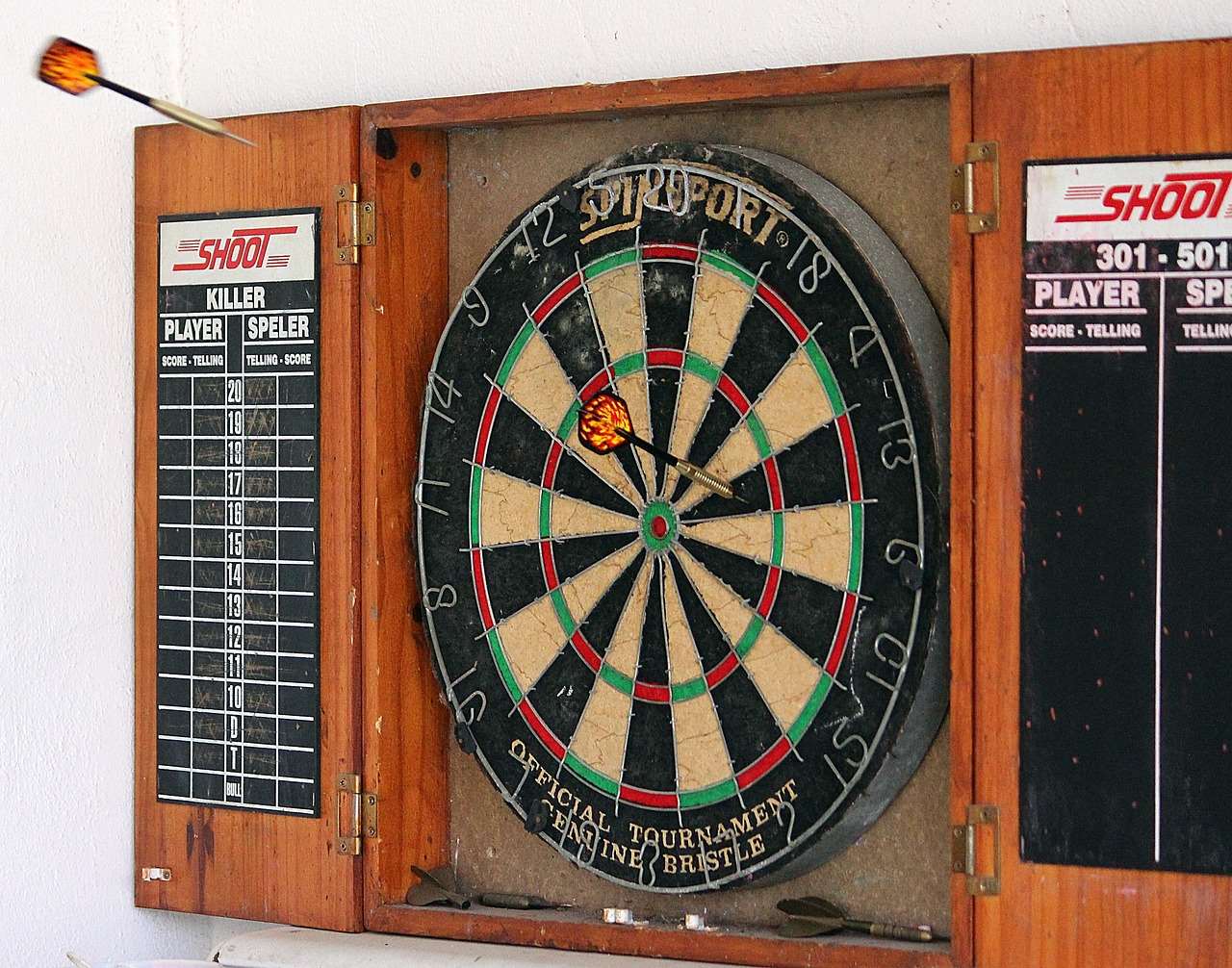
Before we jump into the specifics, it’s important to understand the different types of O-rings available. Choosing the right O-ring is crucial for achieving optimal results. Consider factors such as material (rubber, silicone, etc.), size (inside diameter, cross-section), and hardness (Shore A durometer). The material should be durable enough to withstand wear and tear, while the size should fit snugly without being too tight. The hardness determines the level of grip; a harder O-ring provides more resistance, while a softer O-ring offers more give.
Choosing the Right O-Rings for Your Application
Selecting the right O-rings depends heavily on the application. For instance, adding O-rings for grip to a frequently used tool might necessitate a more durable material like nitrile rubber, whereas a softer silicone might be ideal for a delicate instrument. You need to consider the size and shape of the item you’re modifying, ensuring a proper fit. Too small, and it won’t stay in place; too large, and it might interfere with the item’s function. It is always advisable to consult the material safety data sheet (MSDS) of the selected O-rings to ensure their compatibility with any potential contact materials. An incorrect choice could lead to corrosion, chemical reactions, or other unexpected issues.
Practical Applications of Adding O-rings for Grip
The applications for adding O-rings for grip are surprisingly diverse. From enhancing the grip on tools and sporting equipment to improving the safety of household items, the possibilities are endless. Let’s explore some common examples:
- Tools: Adding O-rings to the handles of screwdrivers, pliers, wrenches, and other tools provides a more secure and comfortable grip, reducing hand fatigue and the risk of dropping the tool. This is especially beneficial when working in wet or oily conditions. Improving the grip on tools can significantly affect the safety and efficiency of all DIY and professional work.
- Sporting Equipment: In sports like darts, adding O-rings can improve the grip on the barrels or shafts of darts, leading to more consistent and accurate throws. Similarly, you can use this for fishing reels, improving the grip for both better feeling and control. The improved control can significantly impact performance, especially in high-pressure situations.
- Household Items: Items like jar lids, cabinet knobs, and even kitchen utensils can benefit from adding O-rings for grip. This simple modification can make everyday tasks easier and more comfortable, especially for individuals with limited dexterity.
- Medical Equipment: In the medical field, adding O-rings for grip can improve the handling of delicate instruments, reducing the risk of slippage and damage. The use of appropriate and sterilized O-rings is critical here.
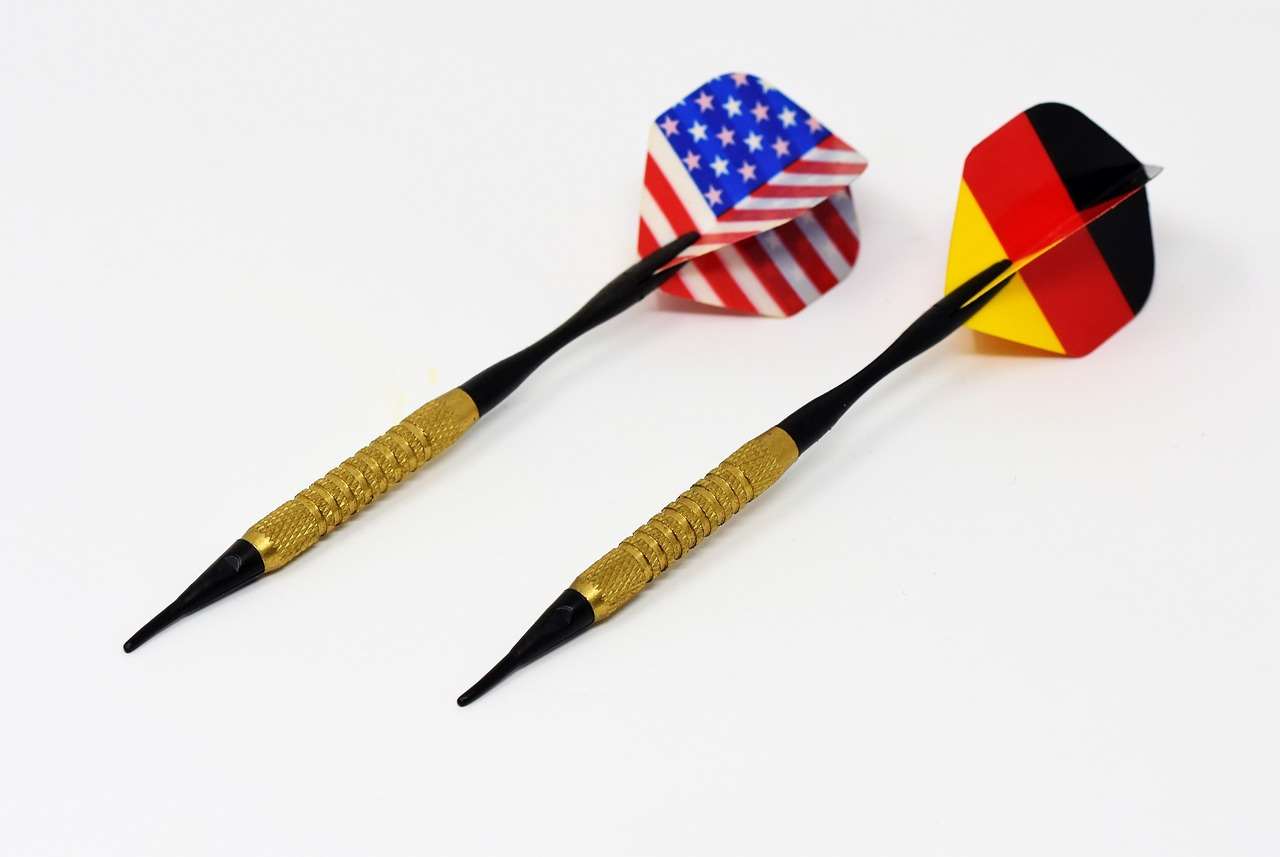
Remember to always prioritize safety. Before attempting to modify any item, carefully consider potential risks and ensure the O-rings are appropriately sized and chosen according to material compatibility and intended usage. If unsure about the specifics, consult a professional.
Step-by-Step Guide to Adding O-rings for Grip
The process of adding O-rings for grip is usually straightforward. However, the exact steps will vary depending on the specific item and the type of O-ring used. Here’s a general guideline:
- Measure the diameter: Carefully measure the diameter of the area where you want to add the O-ring. This will help you choose the right size O-ring.
- Select the appropriate O-ring: Based on your measurements and the material requirements, select an O-ring of the appropriate size and material. Consider the application and the desired level of grip.
- Prepare the surface: Ensure the surface is clean and dry. Any debris or residue could affect the O-ring’s grip and may cause premature wear and tear.
- Install the O-ring: Carefully stretch the O-ring and place it over the designated area. Ensure it’s securely positioned without any gaps or overlaps.
- Test the grip: Once installed, test the grip to ensure it’s adequate for your needs. If it’s too loose or too tight, you may need to adjust the O-ring or choose a different size.
For more intricate applications, you might require specialized tools or techniques. Always consult any relevant instructions or guides provided by the manufacturer of your chosen O-rings. Understanding the lifespan of your darts equipment can also impact the frequency with which you might need to consider this method of grip improvement.
Troubleshooting Common Issues
While adding O-rings for grip is generally straightforward, you might encounter some challenges. If the O-ring is too loose, it may slip off. If it’s too tight, it might be difficult to install or may damage the item. Improper installation can cause premature O-ring failure, so precision is key. Consider Darts Equipment Maintenance Customization for expert guidance on the topic.
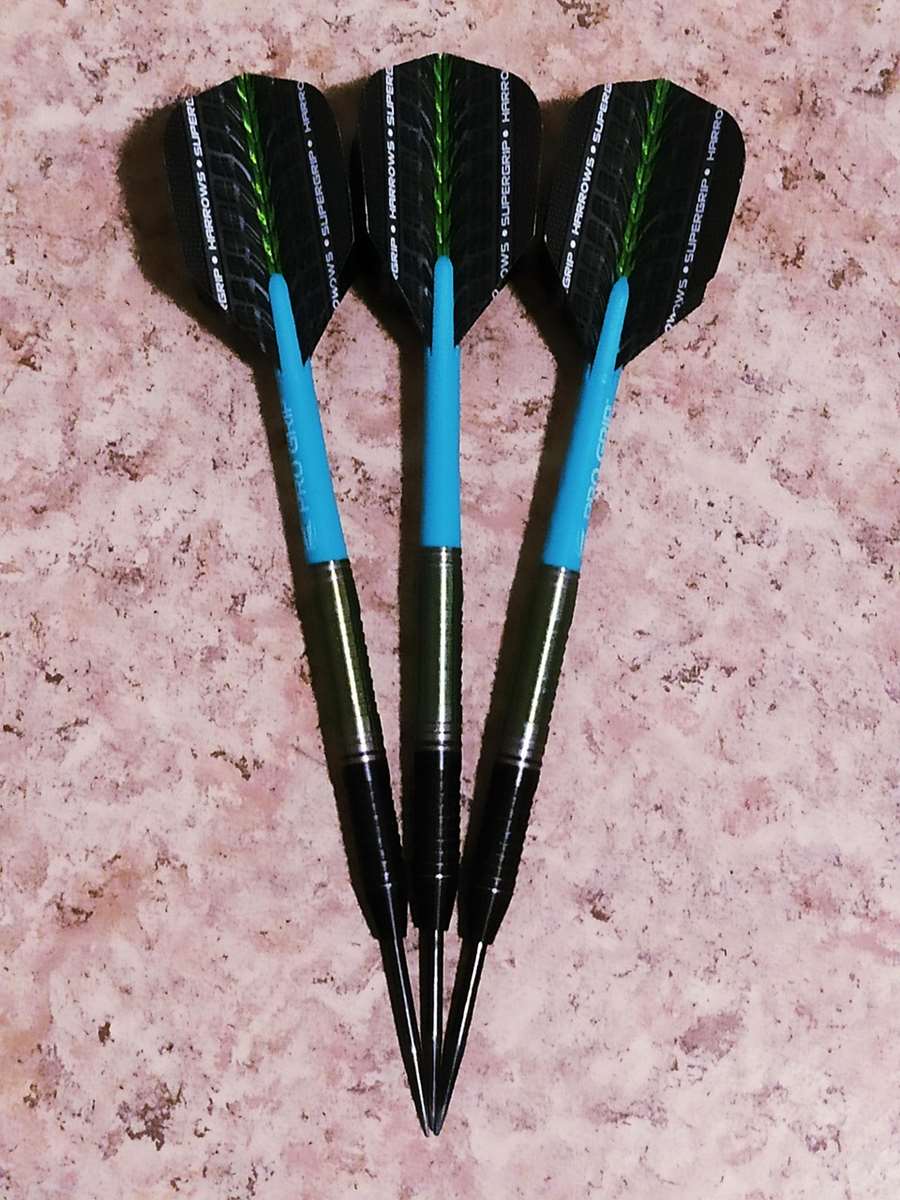
If you’re experiencing these issues, double-check your measurements and try using a different size O-ring. You might also need to use lubrication, such as silicone-based lubricant, to aid installation, but ensure it is compatible with the O-ring and the item being modified.
Advanced Techniques and Considerations
Beyond the basic methods, there are advanced techniques for using O-rings to improve grip. For example, you can use multiple O-rings for added grip, or you can use O-rings of varying hardness to create a customized grip profile. The possibilities are vast. Consider this approach for Dart point length for consistent throw to gain an edge in your game.
Remember to always consider the long-term implications of adding O-rings for grip. Over time, O-rings can wear out or degrade, especially if exposed to harsh conditions. Regular inspection and replacement are essential to maintain effectiveness and safety. You might find Darts gear lifespan report to be very insightful, as it directly relates to the need for periodic maintenance and replacement of your dart related items, including O-rings.
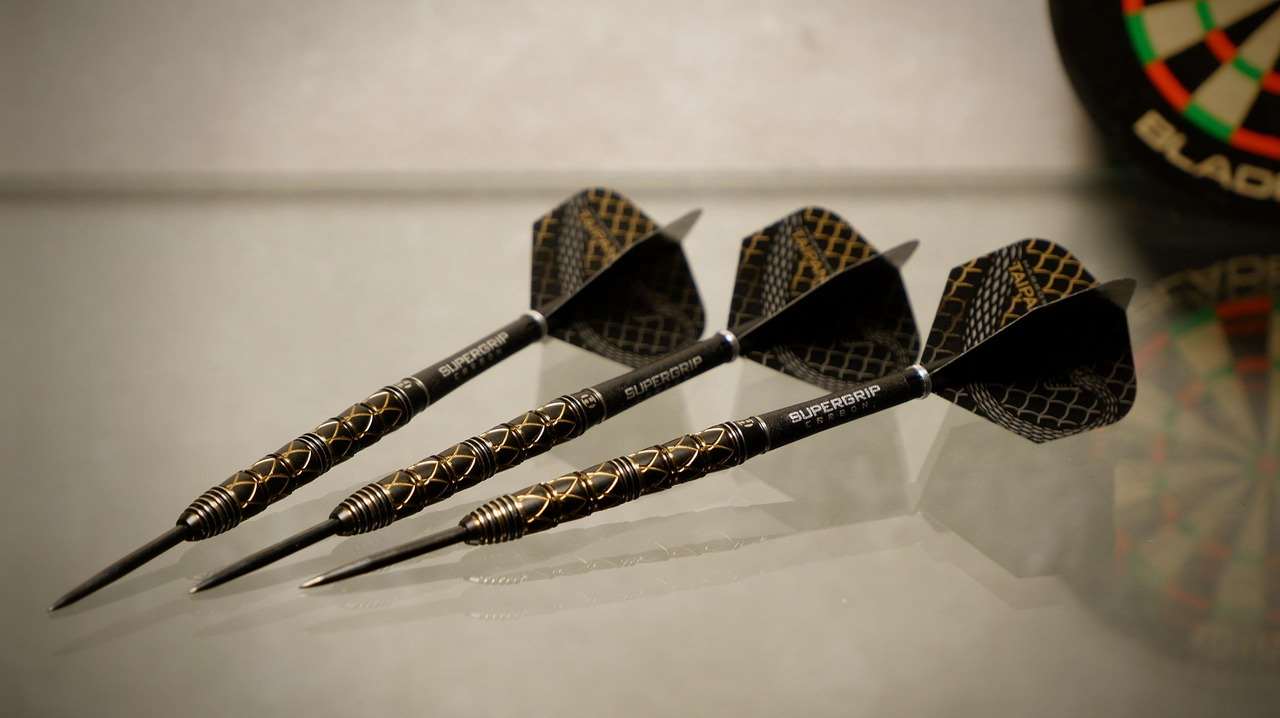
The material of your O-rings also plays a role in its longevity. Some materials are more resistant to UV degradation, chemicals, and extreme temperatures than others. Choosing the right material for the application is crucial for maximizing the O-ring’s lifespan. Proper maintenance can extend the lifespan significantly and is something you might find valuable in the context of Cleaning dart stands.
Conclusion
Adding O-rings for grip is a versatile and effective method for enhancing the functionality and safety of a wide range of items. By understanding the different types of O-rings available and following the steps outlined in this guide, you can easily improve the grip on your tools, equipment, and everyday objects. Remember to choose the right O-ring for your application, pay attention to proper installation techniques, and perform regular inspections to ensure optimal performance and safety. For more specialized projects like Building a dartboard cabinet guide, understanding these grip principles will be a helpful addition.
Start experimenting with adding O-rings for grip today and experience the transformative benefits firsthand! Whether it’s improving your precision in darts, enhancing the safety of your tools, or simply making everyday tasks more comfortable, this simple technique has a profound impact. This also extends to Dartboard lighting for better scoring as you will want a stable grip on your dart and dart board as you play.
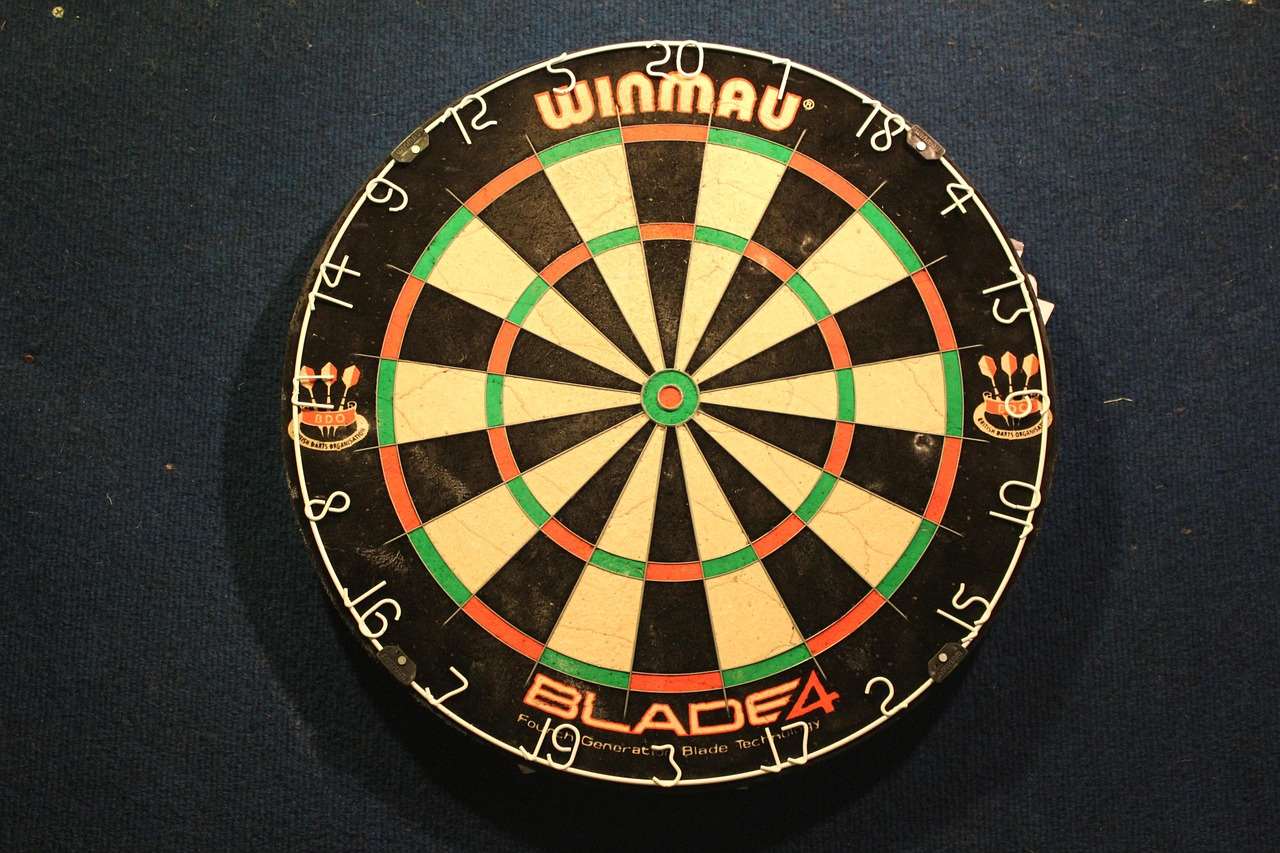
Now go ahead and start optimizing your grip!
Hi, I’m Dieter, and I created Dartcounter (Dartcounterapp.com). My motivation wasn’t being a darts expert – quite the opposite! When I first started playing, I loved the game but found keeping accurate scores and tracking stats difficult and distracting.
I figured I couldn’t be the only one struggling with this. So, I decided to build a solution: an easy-to-use application that everyone, no matter their experience level, could use to manage scoring effortlessly.
My goal for Dartcounter was simple: let the app handle the numbers – the scoring, the averages, the stats, even checkout suggestions – so players could focus purely on their throw and enjoying the game. It began as a way to solve my own beginner’s problem, and I’m thrilled it has grown into a helpful tool for the wider darts community.